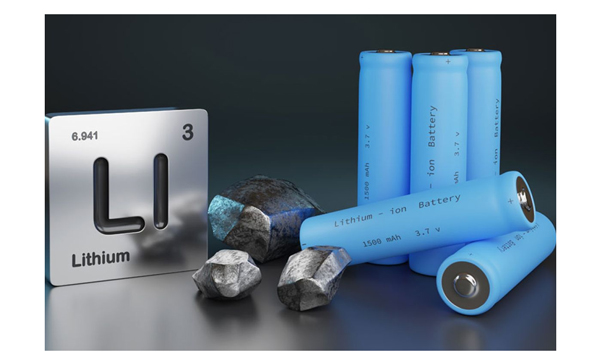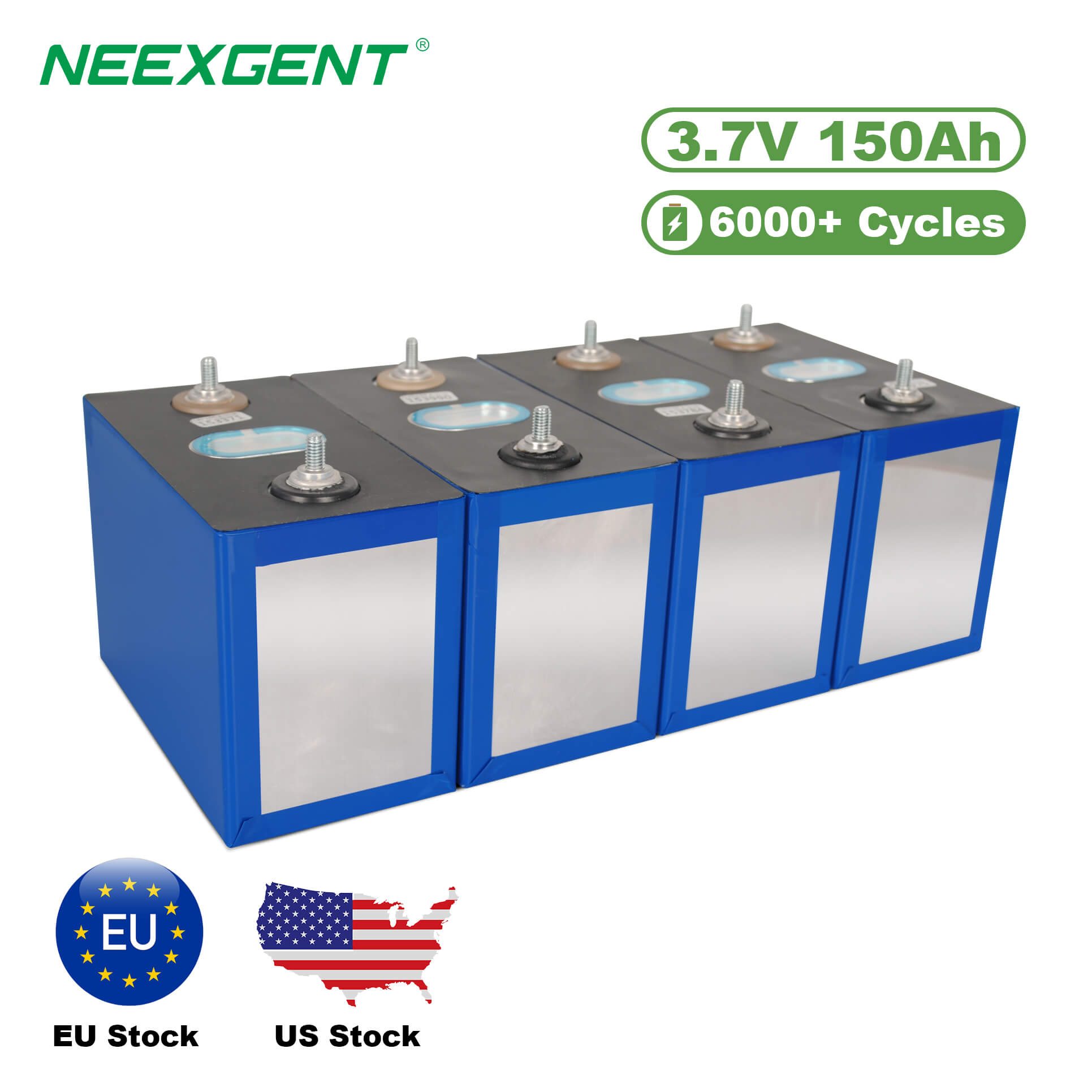Contents:
Lithium-ion batteries are a cornerstone of modern technology, powering everything from smartphones to electric vehicles. Properly running a battery cycle is essential for maintaining performance, extending lifespan, and ensuring safety. This guide provides a comprehensive approach to running a lithium-ion battery cycle effectively.

What is a Battery Cycle?
A battery cycle refers to one complete charge and discharge process. A full cycle does not necessarily mean charging from 0% to 100%; rather, it involves the total energy equivalent of 100% discharge, even if split across multiple smaller discharges.
Step-by-Step Guide to Running a Battery Cycle
1. Prepare the Battery:
- Ensure the battery is compatible with the intended device or charger.
- Use a manufacturer-approved charger to avoid potential safety issues.
2. Charge the Battery:
- Begin by charging the battery to 100% using a dedicated lithium-ion charger.
- Avoid overcharging, as lithium-ion batteries include mechanisms to prevent damage but can still degrade with unnecessary stress.
3. Let the Battery Rest:
- Once fully charged, let the battery rest for 30–60 minutes to stabilize the voltage.
4. Discharge the Battery:
- Use the battery in your device until it reaches approximately 20%. Avoid discharging to 0%, as this can stress the cells and reduce lifespan.
- For devices with built-in protections, follow the device's recommendations for safe usage.
5. Repeat if Necessary:
- For calibration purposes, you might repeat this process monthly to ensure the device reports an accurate state of charge (SoC).
6. Avoid Extreme Conditions:
- Maintain operation in temperatures between 20°C and 25°C (68°F–77°F). Avoid charging or discharging in excessively hot or cold environments.
Tips for Optimizing Battery Cycles
-
Partial Cycles Over Full Cycles: Lithium-ion batteries perform best when charged and discharged within the 20%–80% range, minimizing stress on the cells.
-
Monitor Charge Rate: Use a charger with the appropriate current and voltage ratings to prevent overheating or excessive wear.
-
Avoid Deep Discharges: Discharging the battery below 10% frequently can significantly reduce its overall lifespan.
Battery Cycle Data: A Visual Representation
Battery Cycle Key Metrics
|
Metric
|
Ideal Range
|
Remarks
|
|
Charge Voltage
|
4.2V per cell
|
Do not exceed the recommended voltage.
|
|
Discharge Voltage
|
3.0–3.2V per cell
|
Avoid deep discharges to prolong life.
|
|
Operating Temperature
|
20°C–25°C
|
Optimal temperature for best performance.
|
|
Cycle Life
|
300–500 cycles
|
Varies by usage and care.
|
Advanced Monitoring and Tracking
To maximize the efficiency and lifespan of a lithium-ion battery, it’s essential to monitor its performance and usage over time. Using modern tools such as visualized data tracking, you can gain insights into charging habits, discharge patterns, and overall health trends.
Battery Charge Levels Over Time
Best Practices for Long-Term Maintenance
1. Periodic Calibration:
- Perform a full battery cycle (0% to 100%) once every 1–2 months to recalibrate the device's battery indicator.
2. Software Integration:
- Use battery management software (BMS) to track metrics such as voltage, temperature, and state of charge (SoC) in real time.
3. Avoid Overheating:
- Ensure that the battery and device have proper ventilation during operation and charging.
4. Store Batteries Properly:
- For long-term storage, keep the battery charged between 40% and 60% and store it in a cool, dry place.
Common Issues and Troubleshooting in Battery Cycles
While lithium-ion batteries are highly efficient, certain issues can arise during charging and discharging cycles. Recognizing these problems early and addressing them can help prevent further degradation and ensure the safety of your battery.
Troubleshooting Common Lithium-Ion Battery Issues
|
Issue
|
Possible Cause
|
Solution
|
|
Battery Drains Quickly
|
Excessive background processes or battery degradation
|
Limit background app usage and check battery health using monitoring software.
|
|
Overheating
|
High ambient temperature or excessive charging current
|
Move to a cooler environment and ensure proper ventilation during use or charging.
|
|
Swollen Battery
|
Gas buildup inside the battery due to overcharging or aging
|
Stop using the battery immediately and dispose of it safely.
|
|
Battery Not Charging
|
Faulty charger, port, or battery
|
Test with another charger and inspect charging ports for debris or damage.
|
|
Rapid Voltage Drops
|
Cell imbalance or end-of-life
|
Balance the cells using a BMS or replace the battery pack.
|
Maximizing Efficiency with Smart Tools
To address these issues and optimize battery cycles, consider using advanced tools and methods:
1. Battery Health Apps:
- Download apps to monitor real-time battery health, charge cycles, and temperature.
2. Battery Management Systems (BMS):
- A BMS ensures that the cells are balanced, avoiding overcharging or over-discharging.
3. Routine Inspections:
- Regularly inspect the battery for physical damage or swelling and replace it if necessary.
4. Safe Disposal:
- Never dispose of lithium-ion batteries in general waste. Use certified recycling facilities to handle them responsibly.
By following these strategies, you can maintain optimal performance and safety for your lithium-ion batteries over an extended period.
Practical Applications of Proper Battery Cycling
Understanding how to correctly run a battery cycle is not just about preserving the lifespan of your lithium-ion battery; it also ensures consistent performance across various applications. Whether powering a smartphone, an electric vehicle, or a solar energy system, proper cycling reduces unexpected downtimes and enhances reliability.
For instance, in solar energy systems, where batteries are continuously charged and discharged based on sunlight availability and energy demand, maintaining a balanced cycle is crucial. Improper cycling can lead to inefficiencies, reduced storage capacity, and potential system failures, impacting the overall energy output.
Importance of Environmental Factors
Temperature, humidity, and storage conditions significantly affect battery performance. Lithium-ion batteries are sensitive to extreme heat, which accelerates chemical reactions within the cells, leading to faster degradation. Conversely, extremely low temperatures can hinder performance, reducing the effective capacity of the battery during discharge. Ensuring stable and optimal environmental conditions can greatly reduce these risks.
Simplifying Maintenance Through Routine Practices
Routine checks and basic care can prevent common issues and ensure smooth operation. For example, regularly cleaning charging ports and avoiding prolonged inactivity help maintain good contact and prevent corrosion. Keeping usage records, especially in industrial setups, can provide valuable insights into wear patterns, enabling proactive replacements or adjustments.
By integrating these simple yet effective measures, lithium-ion batteries can deliver consistent results in all their applications.
FAQs
The ideal depth of discharge (DoD) for lithium-ion batteries is typically 20%–80%. Operating within this range reduces stress on the battery cells and helps prolong their lifespan. Avoid deep discharges below 10% whenever possible.
Yes, you can charge a lithium-ion battery overnight, as modern batteries and chargers have built-in mechanisms to stop charging once full. However, prolonged charging at high temperatures should be avoided to minimize wear on the battery.
A full battery cycle is recommended only occasionally, about once every 1–2 months, to recalibrate the battery’s state-of-charge indicator. Frequent full cycles can cause unnecessary wear and shorten the battery’s lifespan.
Fast charging generates more heat than standard charging, which can slightly accelerate battery wear over time. However, most lithium-ion batteries are designed to handle occasional fast charging without significant damage. Use a charger certified for your device to ensure safety.
For long-term storage, it is best to keep the battery charged between 40% and 60%. Store the battery in a cool, dry place to prevent capacity loss and minimize chemical degradation during inactivity.






